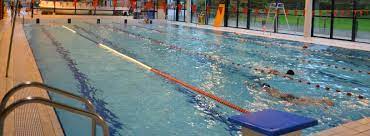
Presentation
This website contains all the resources for the Aquatic Center Sysid Benchmark. You will find all the data and tools you need to experiment with your own system identification method.
This dataset consists of real signals from a public swimming pool in FRANCE. It contains all the signals necessary to produce an 8-hour prediction for the predictive control method.
This data set is provided by Purecontrol and made possible with the agreement of the pool management. This work is done in collaboration with the LS2N lab and IMT Atlantique.
Identification MIMO
The identification task consists of two signals that represent the return temperature of the system. We want to estimate the temperature of the pool within a forecast horizon of 8 hours to anticipate heat requirements in the context of predictive control. This input signal set is designed to conform to the configuration of most pool sensors.
The pool is a water tank regulated by a recirculation system. The water is treated and heated as described in Figure 1.
The identification task is posed in a MIMO formulation based on the two main pools of the system. This identification formulation makes it possible to take into account a limited heating power. It contains the air condition to model water evaporation and additional data such as outdoor temperature and other important heat consumptions in the plant. All data are listed in Figure 2 and explained in the linked publication.
Swimming pool heating architecture
The heating system consists of several sub-systems that consume energy through 3 way valves. Two boilers are connected to the primary water loop. This loop distributes heat according to 3 valves. These valves allow the flow of hot water in the counterflow heat exchanger to be reduced or increased. These exchangers are controlled by a local regulation according to the right return signal. The Figure 3 shows all the systems associated with the dataset, for more details please see the linked publication.
